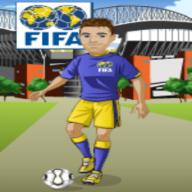更新1:
Details are everything people
更新2:
remember this is the physics section... I only want what makes it possible. The structure responcible for the flight. I don't care about propultion or flaps, how a plane is controlled. I only want the most simple thing, that which makes it possible.
更新3:
Oh, and a bird flies by downward thrust, nothing like the physics behind what makes a plane fly.

